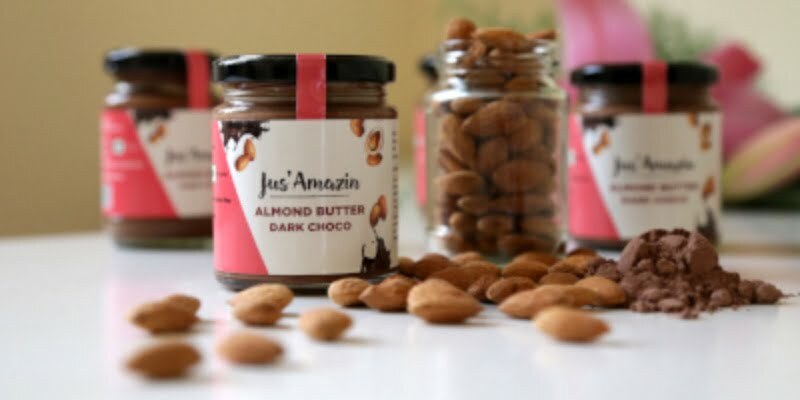Dive Brief:
Despite 6. Three percent growth to $52 billion in 2018, organic merchandise is struggling to penetrate new markets and widen its appeal beyond its core demographic of affluent households headed by more youthful buyers, with youngsters under 18. The one exception to this is the Hispanic populace devoted to natural products, in keeping with Food Navigator. Consumers over the age of 50, minorities, and families with incomes much less than $35,000 are all businesses that the organic zone is struggling to reach. There is a hobby among those agencies in buying naturally. Still, due to a lack of centered advertising, popularity for a better charge factor, and a loss of extensive distribution, many customers aren’t dedicated buyers. Still, they aspire to buy them, though they can’t constantly afford them.

Dive Insight:
With the increased interest in health and well-being, nature has greatly moved mainstream. While facts from the Organic Trade Association indicate sales are continuing to grow year over 12 months and organic fruits and veggies now make up 14.6% of all produce sales in the U.S., it’s not immediately obvious that the goods are struggling to benefit the marketplace percentage.
However, many clients continue to be unswayed by the U.S. Department of Organic label. Low-profit families are among the most difficult demographic segments for the natural enterprise to engage, consistent with Maryellen Molyneaux, president of NMI research institution instructed Food Navigator. For this organization, the charge is primarily to their preference.
Although the fee differential among natural and traditional meals won’t be ga big a position beast once diwasit’s farery lots, Nielsen figures for 2018 display that the common prices for organic meals dropped as more certified items were brought. The top class was approximately 7. Five % extra last year, compared to 9% extra in 2014. But organic milk and eggs have been priced better,8% and 86% extra, due to the authorities’ guidelines approximately what “natural” product. Even for individuals who do purchase organic, the price distinction can sting. A 2017 Mintel file observed that 62% of consumers stated they might be likely to buy more natural ingredients if they hawereess hiexpensiveMany within the older toddler boomer generation have greater disposable income, but they still aren’t dedicated, natural customers. Part of this has to do with how natural products are marketed. As agencies look closer to the future, many products are marketed to millennial and Generation Z purchasers, particularly mothers and fathers with young kids. For example, in a have a look at by using Johnson & Johnson, 43% of dad and mom said they could pay more for natural meals for their children.
And even as these more youthful generations constitute about 64% of the worldwide population, in line with United Nations records analyzed through Bloomberg, older consumers still make up a significant portion of buyers. Plus, as people are dwelling longer, baby boomers may additionally absolutely be a massive part of agencies’ futures for a while.
While advertising can be addressed, the higher cost of natural products might not be as easy to solve. For one, a great deal of the land inside the U.S. Iisn’taet suitable for growing natural plants. Farms classified as natural account for sonly0.7% of overall farming operations inside the U.S. However, preparing farmland for organic manufacturing additionally contributes to the rate. Organic produce needs to be grown, harvested, processed, and transported one by one from traditional farms. It also takes three years for classic acreage to be converted over to organic, a transition length. At the same time, producers no longer get to attain the better fees tied to nature, but still should follow the protocols that come with growing the crop. The USDA, first of all, encouraged a certification for farms in transition so that the top class could be charged, but withdrew help after internal obstacles.
Although it can be hard to persuade clients that an elevated fee is justified, it can be executed. Annie’s Homegrown is an achievement tale worth noting. Annie’s locates macaroni and cheese along conventional versions to make it appear to be, in reality, every other preference rather than an improved product. The logo’s technique turned into such success; General Mills received Annie’s in 2014.
Manufacturers and manufacturers ought to reconsider their approach and cope with those demographics that are not commonly associated with natural purchasing. If the industry can make paintings to break those stereotypes, there’s an entirely new market that could be interested in putting the one’s products on their outlets too.









